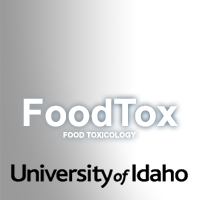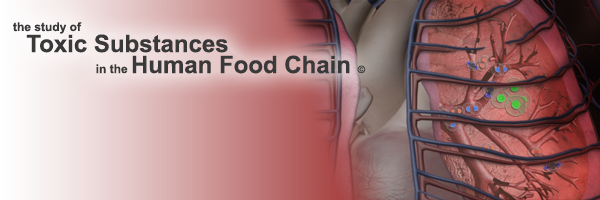

Lecture 10 - Teratogenesis, Mutagenesis and Carcinogenesis
Learning Objectives
- Define teratogenesis, mutagenesis, and carcinogenesis.
- Describe the relevance of replication, transcription, and translation to teratogenesis, mutagenesis, and carcinogenesis.
- Summarize the mechanism of action for teratogens, mutagens, and carcinogens.
- Discuss examples of known teratogens, mutagens, and carcinogens.
Listen online or Download audio LecturesDownload audio Lectures
Advance Reading
- Hughes, pp 107-122
- NLM Toxicology Tutor, Cancer
- Shibamoto & Bjeldanes, pp 85-95
Suggested Reading
- Learn About Cancer-American Cancer Society
- Shibamoto & Bjeldanes, pp 95-97
Resources
Keywords
- Agenesis
- Ames assay
- Aneuploidy
- Anticodons
- Atresia
- Base analogues
- Base substitution
- Cancer
- Carcinogenesis
- Carcinogens
- Cellular division
- Centromere
- Chromosome
- Codon
- Deoxyribonucleic acid (dna)
- Developmental syndromes
- Diploid
- Division failures
- Dysraphic anomalies
- Ectopia
- Embryogenesis
- Embryolethality
- Epigenetic
- Fetal alcohol syndrome
- Frameshift
- Gene
- Genetic code
- Genotoxic
- Germ cells
- Haploid
- Histogenesis
- Hypoplasia
- Initiation
- Karyotype
- Meiosis
- Metaphase
- Mitosis
- Monosomy
- Morphogenesis
- Mutagenesis
- Mutagens
- Nucleic acids
- Nucleotides
- Oogenesis
- Organogenesis
- Point mutation
- Polyploidy
- Procarcinogen
- Promotion
- Purines
- Pyrimidines
- Replication
- Ribonucleic acid
- Somatic cells
- Spermatogenesis
- Teratogenesis
- Teratogens
- Teratology
- Transcription
- Translation
- Trisomy

ETox is licensed under a Creative Commons Attribution-NonCommercial-NoDerivatives 4.0 International License.